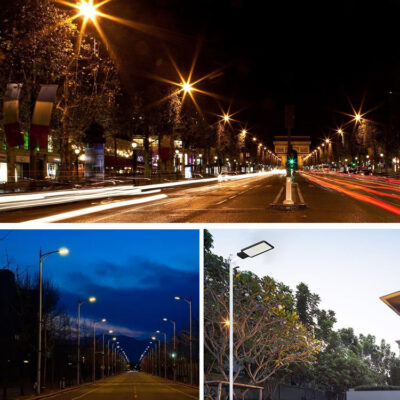💡 Introduction
Color quality is one of the most important yet often overlooked factors when selecting LED lights. Whether you’re lighting a retail space, office, or showroom, the color performance directly affects visual comfort and product presentation.
Working with experienced LED Light Manufacturers helps ensure your lighting not only meets brightness requirements but also reproduces colors accurately and consistently.
🔹 1. What is CRI (Color Rendering Index)?
CRI measures how accurately a light source reproduces colors compared to natural sunlight. It’s expressed as a value between 0 and 100.
-
CRI ≥ 80: Suitable for general indoor lighting.
-
CRI ≥ 90: Preferred for retail, galleries, or healthcare environments.
-
CRI 95+ (High CRI): Offers near-daylight color accuracy, ideal for design studios and premium spaces.
A higher CRI means better color fidelity and more natural-looking objects. High-end LED panels and downlights often feature CRI 90+ chips for this reason.
🔹 2. Understanding CCT (Correlated Color Temperature)
CCT, measured in Kelvin (K), defines how “warm” or “cool” a light appears:
-
2700K–3000K: Warm white (cozy, comfortable, perfect for hospitality).
-
4000K–4500K: Neutral white (balanced for offices and shops).
-
5000K–6500K: Cool daylight (clean, crisp, ideal for industrial or medical use).
Choosing the right CCT helps create the desired atmosphere. For instance, warm white suits hotels, while cool white enhances visibility in factories.
🔹 3. TM-30 — The Next Generation of Color Evaluation
While CRI measures accuracy across eight colors, TM-30 analyzes 99 color samples for more comprehensive results.
It provides two main metrics:
-
Rf (Fidelity Index): Similar to CRI, measures accuracy.
-
Rg (Gamut Index): Measures color saturation compared to a reference.
TM-30 gives designers and engineers a better understanding of how colors will look under LED lighting—especially important for branding, retail, and museum environments.
🔹 4. Why These Metrics Matter Together
CRI, CCT, and TM-30 work together to define color perception.
A light with high CRI but unsuitable CCT can distort the mood, while a perfect CCT without proper TM-30 balance may still cause color mismatch.
Hence, manufacturers focus on producing balanced LEDs that deliver both visual comfort and true color consistency.
When buying in bulk, sourcing from a trusted Led Panel Lights Manufacturers ensures the LEDs are tested under these standards and supported with full photometric reports.
🔹 5. Application Tips for Different Spaces
| Space | Recommended CRI | CCT Range | Notes |
|---|---|---|---|
| Retail & Display | 90+ | 3500K–4000K | Enhances product colors |
| Office & School | 80+ | 4000K–4500K | Promotes focus |
| Restaurant & Hotel | 80+ | 2700K–3000K | Creates warmth |
| Factory & Warehouse | 70+ | 5000K–6500K | Maximizes visibility |
Selecting the right combination enhances user experience and visual performance across every environment.
✅ Conclusion
Understanding color standards like CRI, CCT, and TM-30 allows lighting designers and buyers to create spaces that are both functional and visually appealing. Partnering with knowledgeable LED suppliers ensures every fixture meets global standards for accuracy and quality.
Next time you evaluate a lighting solution, look beyond lumens—color performance defines true illumination quality.
























